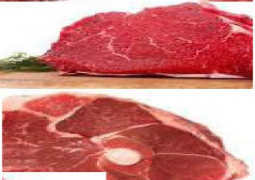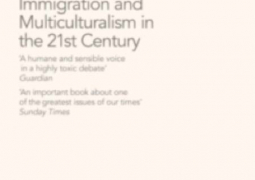
We’re lucky to have Ben Goldacre, and maybe as a result of his book we’ll have more people like him. He is fighting what sometimes seems like a one-man battle against a tide of pseudoscience and an army of quacks. His main weapons are his weekly column in the Guardian newspaper, an impressive website (www.badscience.net), and now this book, which aims “to teach good science by examining the bad.”
Luckily Goldacre, a practising doctor, has all that’s needed for the battle: a solid understanding of epidemiology, statistics, and public health; a fluid, engaging way of writing, although with a weakness for bad jokes; a gift for using the web effectively; a taste for glory; a thick skin; good lawyers; and seemingly boundless energy (he tells us in passing about his childhood hyperactivity).
The good lawyers are necessary because Goldacre is regularly threatened with libel actions and even violence. He and the Guardian have just had a major triumph in beating off the legal threats of Matthias Rath, a doctor who has condemned antiretrovirals for HIV and promoted his own nutritional supplements as the right treatment. It seems that Dr Rath has made millions from his treatments and dubious claims and had the money to sue the Guardian. It’s one of many indictments of the English libel system that whoever has the most money will usually win. The Guardian’s victory is important for health, science, and journalism and—annoyingly for Rath—will help promote Goldacre’s book. And now that the legal threat has lifted he has also promised a book on Rath.
Bad Science is in many ways a primer on using egregious claims and media stories as the raw material for assessing evidence. The book is aimed at the general public, and everybody will learn something new. I particularly enjoyed the chapter on “Why clever people believe stupid things.” Underestimating the power of chance, we see patterns where none exist and causal relationships where there are none. We overvalue evidence that confirms our hypotheses; and instead of searching, like true scientists, for information that will destroy our hypotheses we look for evidence that will confirm them.
Although repeatedly writing that he blames the system not individuals for the huge volumes of bad science put out by cosmetics firms, nutritionists, homoeopaths, drug companies, and others, Goldacre assembles an impressive collection of villains. I enjoyed reading accounts of these people, many of them with fake qualifications, who make fortunes by using the jargon, graphs, and formulas of science to sell simple and ineffective treatments for complex problems. Most of these people are adept at using the media, and Goldacre admits to admiring their skills and chutzpah.
It is an irony, therefore, that he directs most of his ire against the media. “The blame” for the measles, mumps, and rubella (MMR) debacle lies with the “hundreds of journalists, columnists, editors and executives who drove this story cynically, irrationally and wilfully onto the front pages for nine years.” He sneers unattractively at “humanities graduates [who run the media] with little understanding of science, who wear their ignorance as a badge of honour.” To Goldacre “humanities graduate” is an insult, which seems silly when his broad mission is to encourage deeper understanding of complex issues.
The MMR story is told completely and well, and the media have undoubtedly driven the story in a wholly unreasonable way. But we get the media we deserve, and I think it’s a mistake—made time and time again by desperate politicians—to blame the media. The problem lies deeper, as Goldacre writes: “Science, is our dominant explanatory for the natural and moral world.” Those who seek to influence us—whether politicians, health authorities, journalists, fraudsters, or business people—will turn to science. But science is complex and is becoming more so, and most of the population is scientifically illiterate. Our basic human failings—of irrationality, greed, arrogance, laziness, criminality, and so on—become mixed up with science. “Much of the nonsense in bad science. . . isn’t something done to us,” writes Goldacre, “[rather] it’s a cultural product . . . We do it to ourselves.”
And there’s nothing new about bad science. As long as there has been science there has been bad science. This is made very clear, for example, in the history of vaccination. I worried when I started reading this book that its author might be in pursuit of a Utopia where bad science was abolished. But quite the opposite: not only does he recognise the hopelessness of trying to eradicate it, he is having huge fun countering it.
He thus stays away from simple solutions, but he does urge better teaching of uses of evidence in schools—and I can see his book and free blogs being used to create learning sessions that would be great fun. This would apply equally in medical schools, where the teaching of epidemiology and statistics is often horribly dull. Goldacre is scornful of “the indulgent and well financed ‘public engagement of science’ community,” but he urges those who understand evidence to start blogs. In the world of the internet, scientists can grab attention just as well as those who spread bad science. You too can become a Ben Goldacre.
By Ben Goldacre
First published in the BMJ, written by Richard Smith
Available at Timbooktoo, tel 4494345




